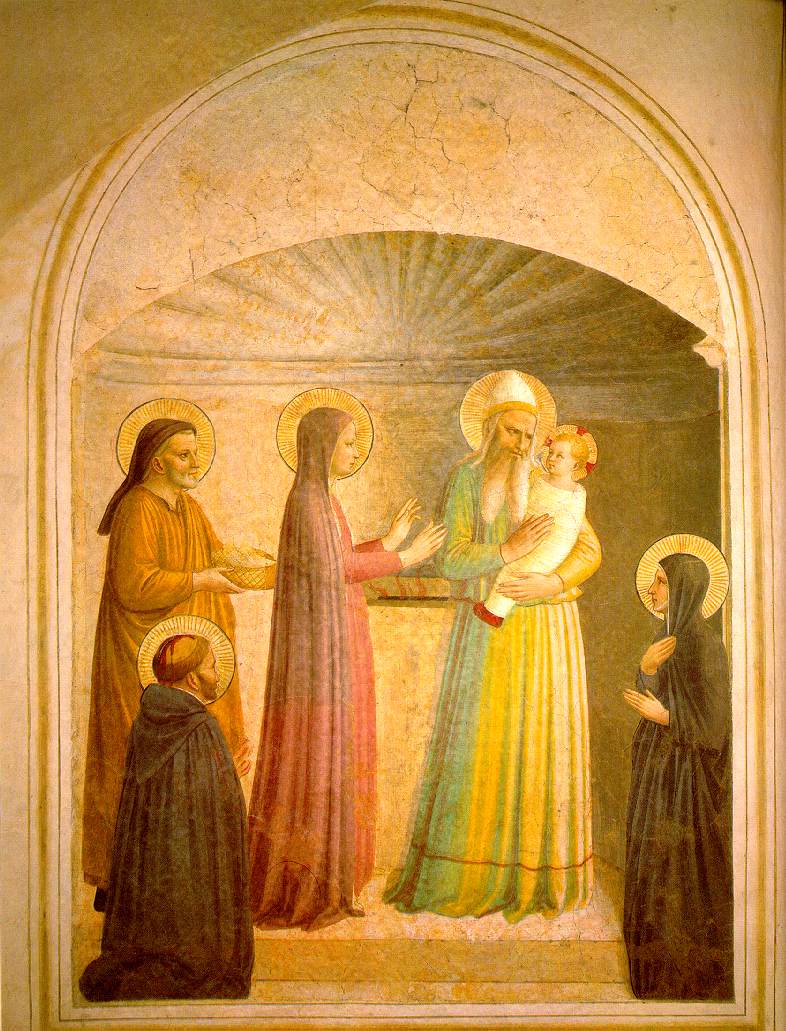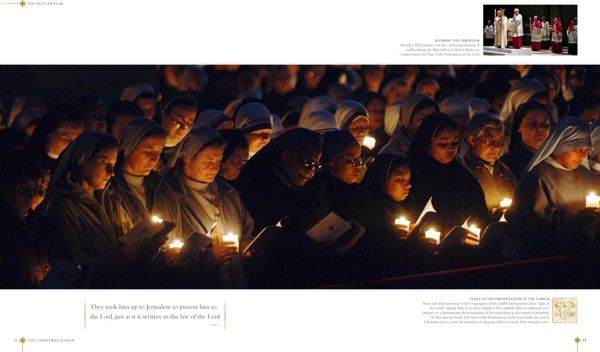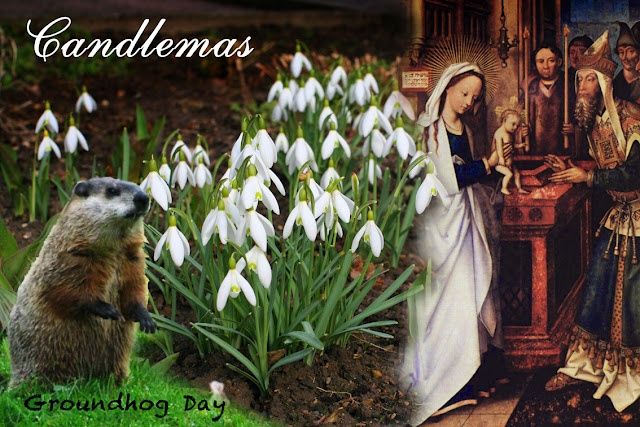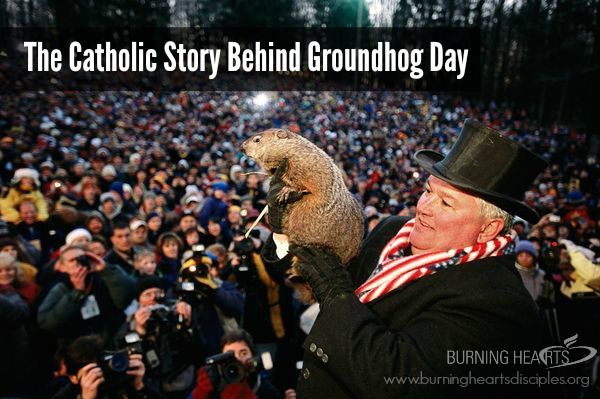Did you know that Groundhog Day is a direct descendant of one of the most ancient feasts of the Church?
The Feast of the Presentation of the Lord
Known originally as the Feast of the Purification of the Blessed Virgin, the Feast of the Presentation of the Lord, is an ancient celebration - most likely the oldest Marian feast in our church calendar.
Falling exactly 40 days after Christmas, this feast commemorates Mary's obedience to the Mosaic law by submitting herself to the Temple for the ritual purification and the presentation of Jesus in the temple as commanded in Leviticus
And after the days of her purification, according to the law of Moses, were accomplished, they carried him to Jerusalem, to present him to the Lord: As it is written in the law of the Lord: Every male opening the womb shall be called holy to the Lord: And to offer a sacrifice, according as it is written in the law of the Lord, a pair of turtledoves, or two young pigeons.
Luke 2:22-24
The Church at Jerusalem observed the feast as early as the first half of the fourth century, and likely earlier. The feast celebrates the presentation of Christ in the temple at Jerusalem on the 40th day after His birth.1

Presentation at Temples by Fra Angelico c.1450
Candlemas: Feast of Light
Why the emphasis on candles and light? Because of St. Simeon's prophecy in Luke:
Now Lord, You are releasing Your bond-servant to depart in peace,
According to Your word;
For my eyes have seen Your salvation,
Which You have prepared in the presence of all peoples,
A Light of revelation to the Gentiles,
And the glory of Your people Israel.
Luke 2:29-32
On this day, Catholics traditionally brought their candles to the church to be blessed. The candles were then lit, and a procession took place through the darkened church while the Canticle of Simeon was sung. Because of this, the feast also became known as Candlemas.

Candlemas at the Vatican.
From The Vatican: Secrets and Treasures of the Holy City by Fr. Michael Collins
While the procession and blessing of the candles is not often performed in the United States today, Candlemas is still an important feast in many European countries.2
What About the Groundhogs?
The theme of light is an important one to this feast that falls at the end of the darkest days of winter. In the minds of our ancestors, the feast also marked the coming of Spring. Their understanding of the world was intricately connected to their understanding of faith. The celebration fo Christ as the "Light of Revelation to the Gentiles" was also the celebration of the darkness of winter giving way to the light and new life of Spring.

As cultural traditions contintued to develop, they evolved into superstiions that claimed the weather (particularly the amount of light) on Candlemas could predict the coming of Spring. An overcast Candlemas meant that winter was coming to a close, whereas a sunlit Candlemas indicated six more weeks of winter.
One of the German sayings for the season translates as "If Candlemas (Lichtmess) is mild and pure, winter will be long for sure (winter sein).
In Ireland, Feb. 1 is the feast of St. Brigid. Irish and Scottish traditions say that, if badgers or snakes see their shadows on St. Brigid's Day, there will be more winter:
The serpent will come from the hole, On the brown Day of Bríde [Brigid], Though there should be three feet of snow, On the flat surface of the ground.
The lyrics of one folk song are:
If Candlemas be fair and bright,
Come, winter, have another flight.
If Candlemas brings cold and rain,
Go, winter, and come not again.
As Candlemas traditions and supersitions evolved, many people embraced the legend that if the sun shone on the second day of February, an animal would see its shadow and there would be at least six more weeks of winter.
Bears or badgers are watched in some European countries, but the German immigrants who settled in Pennsylvania found an abundance of groundhogs and late in the 19th century a few residents in Punxsutawney began celebrating the groundhog as weather prophet.
So, today, on Groundhog Day, you can watch Punxsutawney Phil make his prediction and celebrate the Church's feast in your own home.


